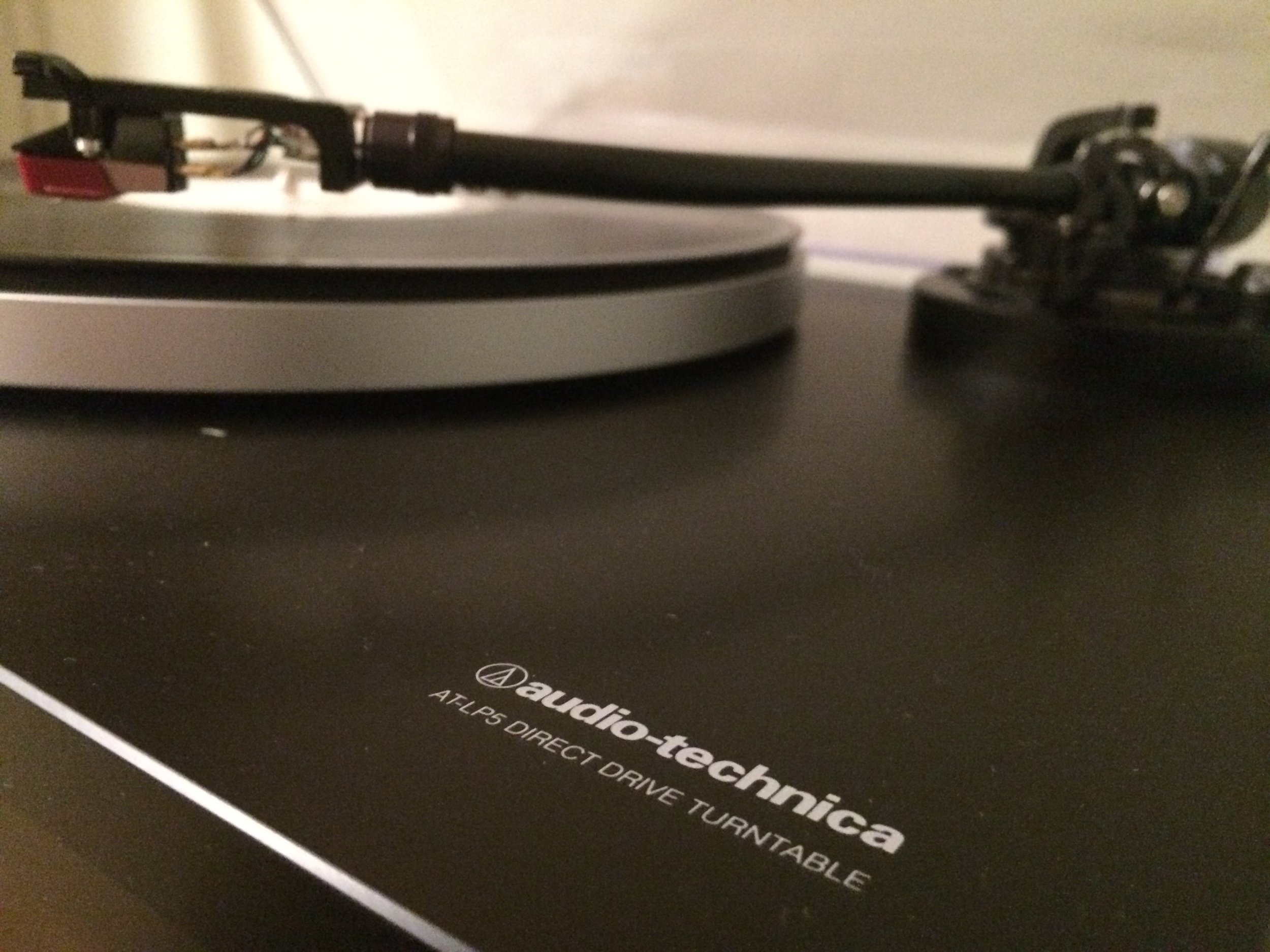Going analogue: vinyl, value and vino
About five years ago, streaming became my only source of music. I subscribed to Spotify (and also trialled Apple Music and Tidal - which were far inferior, in my experience) and never looked back. No longer did I need my bulky collection of CDs, nor even hard drives full of data. All I needed was wifi. I could listen to whatever I wanted, whenever I wanted.
This was musical utopia. No more buying albums only to discover you only like one single. No more scratched discs or corrupted files or lack of storage. With a few rare exceptions, every song in existence was now at my fingertips, instantly.
Then, last week, for the first time in my life, I bought a turntable.
It's an Audio-Technica AT-LP5 and I love it. It's connected to the Cambridge Audio amplifier and Eltax Monitor IIIs that I bought from Richer Sounds in Leeds when I was student there in the late 1990s, but I've also bought a Sonos Connect, which streams the audio to different rooms in the house.
Ever since I went digital, I've been missing the value of music. The convenience of services such as Spotify is undeniable, but there is a huge drawback: a lack of ownership. Being able to access all music within a few keystrokes devalues the experience - especially for someone who was weened on cassette tapes, CDs and even Minidiscs, briefly. Back in those days, music was something you had to wait for and save up for. It imbued albums with a worth that generated a stronger connection to the music - especially for albums that required repeated listens before you came to love them.
Whereas streaming music is utterly disposable. It's a list of tracks on a screen. It doesn't belong to anyone.
Part of the reason I bought a turntable is because we inherited my late father-in-law's vinyl collection. He loved music, and built up a great collection of old records. They risked being thrown away after he died. It was the perfect excuse. And now I'm going back into record shops (such as Fopp in Covent Garden and Banquet in Kingston) as well as browsing second-hand record stalls at markets - and absolutely loving it.
Immediately, music has more tangibility and value. I won't stop subscribing to Spotify - it's still a great service for discovering music and listening on the go - but from now on, I'm going to buy the music I love on vinyl.
Vinyl v vino
Is there a parallel between analogue and digital technology and how we appreciate wine? Comparisons between wine and music are often made, but there is no way that wine can become digital in the way that music has - for which we should be thankful.
(Incidentally, I'm not sure that I can hear a discernible quality difference between listening to music on vinyl as opposed to streaming. But that's not the point: it's the physical ownership that is most important.)
It might be argued that sampling devices such as Coravin have facilitated a sort of Spotify-style accessibility to all the wine in the world - but there's a big difference in cost. Streamed music costs around £10 per month for unlimited access to every kind of music, regardless of its (subjective) quality. Whereas streamed wine can cost as little as £3.50 (25 ml of Château Gigault, Cuvée Viva 2000 Côtes de Blaye), or as much as £133.40 (25 ml of Sine Qua Non, Tant Pis! 2000 California) from 67 Pall Mall's current wine list.
Even so, buying and collecting wine bears a strong resemblance to buying and collecting vinyl. Both are old technology, both involve an element of rarity - and both are subject to highly personal taste. But most importantly of all, both preserve and celebrate the intrinsic value of a piece of human ingenuity and creativity.
Most of the time, anyway.





